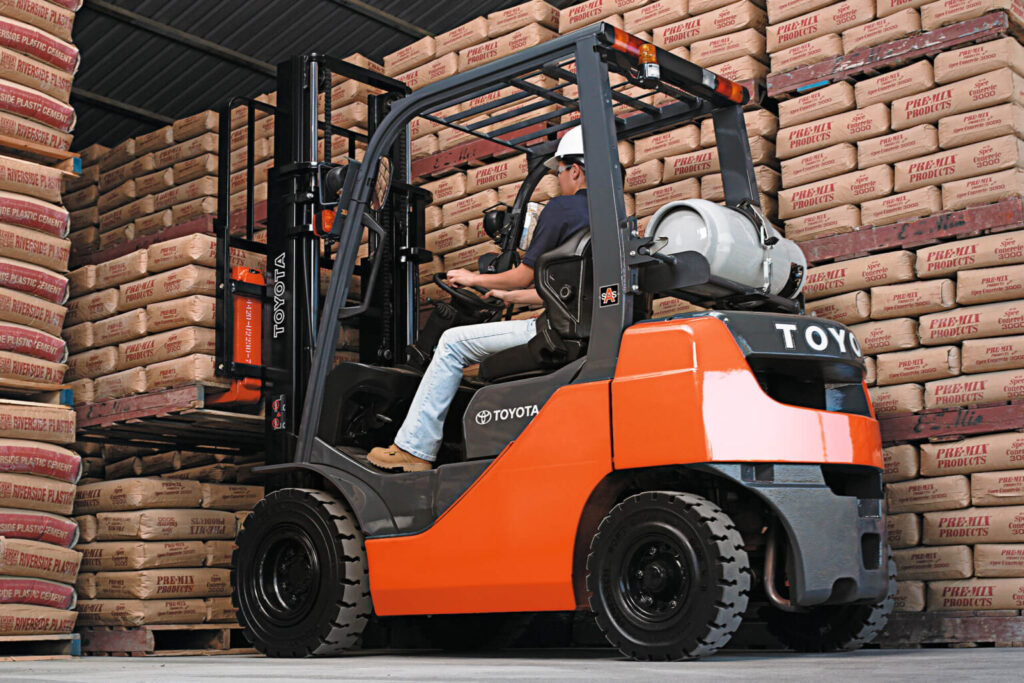How to Choose the New Forklift Tires | Forklift Tires in Buffalo

Choosing the Right Forklift: Consider the Tires
Forklift tires are some of the most important components on your machine. They deliver the stability and traction you need to effectively move your products or supplies around your facility. Using a forklift with the wrong type of tires for your working conditions or environment can lead to inefficiencies, delays, and even jobsite accidents. In this article, we cover some key tips and information for ensuring you are using the right tires for your operation on your equipment.
What types of forklift tires are there?
There are several primary categories of forklift tires. It’s important to choose a machine that has the correct tires for your primary applications.
- Cushion tires are made of smooth, solid rubber and are pressed directly onto the wheel. They are ideally suited for indoor environments, but they can also be used on outdoor paved surfaces.
- Polyurethane tires are another press-on type that are more resistant to tearing or chunking than rubber cushion tires and offer good traction with low rolling resistance. They are perfect for lighter duty jobs in indoor warehouse settings.
- Solid pneumatic tires are composed of solid rubber, but they feature treads and are thicker than cushion or polyurethane options, delivering better traction and higher ground clearance. They are extremely durable, can be used both inside and outside, and are the best choice for harsh or rough terrain conditions found in recycling centers, lumberyards, and similar applications.
- Air filled pneumatic tires provide a more cushioned ride than solid models, making them perfect for outdoor, uneven surfaces. Air filled tires are generally less expensive than solid pneumatic types, but they aren’t as tough and don’t typically last as long.
Choose the right tread option
The tread pattern impacts how your forklift grips the surface beneath it. Using a machine with the correct pattern helps improve traction, reduce wear, and ensure the safest operation possible.
- Smooth tread tires are ideal for indoor use on flat, finished floors. They offer maximum surface contact and minimize floor wear.
- Traction tread or lug tread options provide additional grip on rough or slippery surfaces and are better suited for outdoor environments than smooth tread tires.
- Grooved tread forklift tires offer a balance between smooth and traction tread, delivering excellent performance for both indoor and light outdoor applications.
Marking vs. non-marking forklift tires
In addition to deciding between rubber and polyurethane tire compounds, you also have to determine whether you want a machine with marking or non-marking tires. A standard black forklift tire will often leave turning and braking marks on your facility’s floor. Non-marking tires come in gray, white, and other light colors and minimize or eliminate these types of floor stains. They are the preferred choice for many indoor environments, like food production facilities, retail establishments, and similar settings that require a clean, professional look. The drawbacks to non-marking options are that they are generally more expensive and wear out more quickly than standard black tires.
Whether you use white, gray, or another color largely comes down to preference. However, gray options usually resist yellowing and wear and tear longer than lighter colored choices.
If you have questions about forklift tires, choosing the right forklift, or about any other forklift parts, contact our team today.
